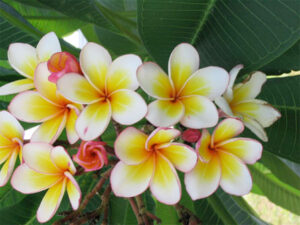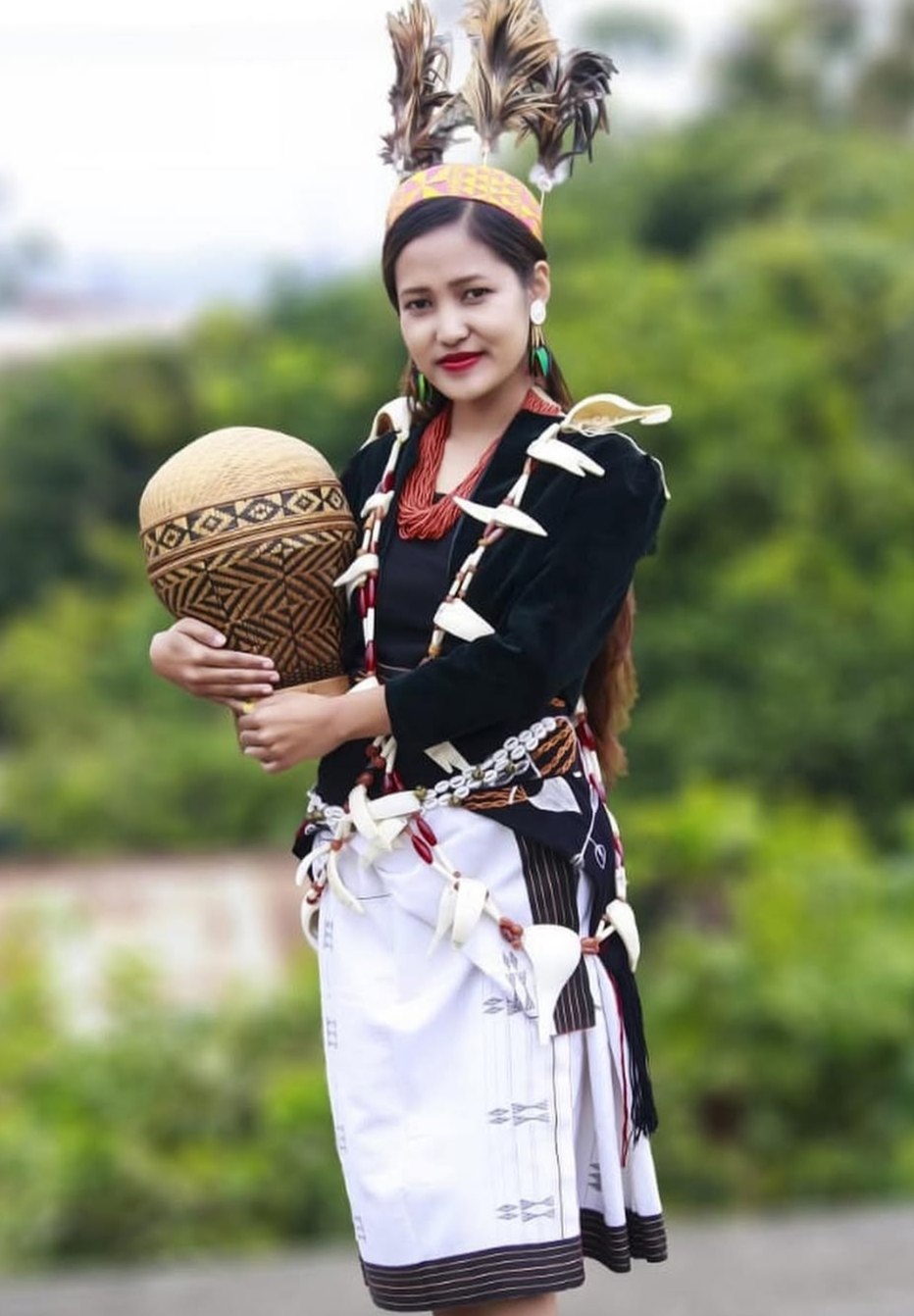Now is the season for Khongum Melei blooms, and when we see it hanging like a golden jewel from the tree, the trust, friendship, and unity of the Meitei and Shan communities—now separated by international boundaries, yet connected by the flower of unity—are vividly remembered. When natural calamities, like the severe earthquake in the Shan states, or unrest due to armed conflict strike, our hearts ache, and we pray for the safety of our Shan brothers and sisters. This radiant orchid, blooming in Manipur’s verdant hills, carries a timeless tale of alliance and resilience, forged in the 15th century under Meitei King Kyamba (1467–1508) and Pong King Chaopha Khekhomba. Far more than a botanical marvel, the Khongum Melei became the heart of a historic bond between the Meitei of Manipur and the Shan Kingdom of Pong, offering lessons in patience and trust that resonate today.
The 15th century was a vibrant era for the Meitei and the Shan territories, a time when cultural threads wove a rich tapestry across borders. Manipur, or Kangleipak, thrived under Kyamba’s reign, its influence growing through strategic alliances and cultural brilliance. Across the Patkai hills, the Shan Kingdom of Pong, centered in modern-day Myanmar and southern China, flourished under Khekhomba, its Tai-speaking people renowned for their martial prowess and trade networks. The Meitei and Shan, bound by shared Tai-speaking roots, exchanged metallurgy, agricultural wisdom, silk, rice, and traditions. Festivals spilled across borders, and noble intermarriages deepened ties. Yet, it was the Khongum Melei that transformed this cultural kinship into a political masterpiece.
The orchid’s tale began with a bold proposal in 1469 AD: Khekhomba invited Kyamba to join forces to conquer Kyang, a region vital for trade and influence in present-day Myanmar. To seal their pact, Khekhomba sent a bunch of Khongum Melei orchids to Manipur, their golden petals glowing with promise. Revered for purity and resilience, the orchids were split equally—one half for Kyamba, the other for Khekhomba. The alliance would spring to life when new stems bloomed, a poetic covenant that tied their fates to the orchid’s delicate growth. In Manipur’s royal gardens, watered by the Imphal River, and in Pong’s misty Shan hills, the Khongum Melei was tended with hope, its anticipated bloom a shared dream.
But nature, as it often does, tested their resolve. In Pong’s warm, humid embrace, the orchids sprouted swiftly, urging Khekhomba to rally his forces. In Manipur’s cooler climate, the blooms lingered, their stems delayed despite devoted care. Unaware of this natural divide, the Shan grew restless, their trust wavering as weeks passed. Whispers of betrayal crept into Khekhomba’s court, and the Khongum Melei, meant to unite, teetered on the edge of discord. Yet, when Manipur’s orchids finally unfurled their golden stems, Kyamba rushed to the Shan, the blooming Khongum Melei in hand. His explanation of the climatic delay dissolved doubts, and Khekhomba’s heart softened. The orchid became a beacon of patience, guiding the Meitei and Shan to a united victory over Kyang in 1470 AD.
The blooming seasons of the Khongum Melei, identified as Dendrobium chrysanthum, a golden-yellow orchid, distinctly reflect the climatic variations between Shan State and Manipur. In Shan State, the flower is documented to flower from November to February, capitalizing on the region’s monsoon humidity and subsequent cooler, drier conditions. Conversely, in Manipur, the orchid blooms from February to May, thriving in the subtropical spring’s mild temperatures and increasing humidity. These periods align with the respective ecological conditions, signifying the species’ adaptability. Regarding the historical account of Meitei king Kyamba’s arrival in April or May 1470, following the Pong king’s wait in the early months (January-February) of 1470, it is plausible that the timing was deliberate, potentially synchronized with Manipur’s Khongum Melei bloom for cultural or diplomatic significance. Alternatively, logistical constraints or political considerations may have delayed the journey. While these blooming seasons are consistent with regional climates and orchid biology, the historical and ecological details in ancient records warrant further scrutiny to distinguish factual precision from potential symbolic embellishment.
The conquest of Kyang reshaped the fortunes of both kingdoms, with the Khongum Melei symbolizing their equitable partnership. The kings negotiated a balanced division of Kyang’s fertile lands and trade routes, formalized at SongHsuk (Samjok to the Meitei, Thuangdoot to the Burmese). Kyamba gained the Kabaw Valley which is the western and southern regions, extending south to Mratong, marked by a celebrated dwarf mango tree, and west to the “land where the sun sets.” These territories enhanced Manipur’s agricultural resources and control over Chindwin River trade routes. Khekhomba secured the eastern and northern regions, spanning a five-day journey beyond the Chindwin River to the Loichari Hills and Munghkam-Mungwang’s dwarf mango areas, strengthening Pong’s trade with Yunnan and Burma.
This strategic division aligned with each kingdom’s interests, with shared administration of Kyang’s central markets ensuring mutual prosperity. Chronicles suggest that Khongum Melei orchids were planted in these shared spaces, serving as a living symbol of their joint stewardship. The equitable split, rooted in the orchid’s pact, reinforced the alliance, fostering ongoing cultural and economic exchange.
The Khongum Melei is no mere flower; it is a chronicle of resilience and reconciliation. Its golden petals, embodying divine favor for the Meitei and endurance for the Shan, were chosen to elevate the alliance’s sanctity. The delay in Manipur’s bloom, a test of trust, became a bridge of understanding, proving that dialogue can transform misunderstanding into strength. Celebrated in Manipuri chronicles like the Cheitharol Kumbaba and Shan oral traditions, the orchid dances through Meitei poetry, Shan textiles, and modern Manipuri art, whispering of a shared heritage.
Today, as the Khongum Melei blooms in Manipur’s festivals and Shan stories, its petals carry a timeless message: patience and trust can mend divides, even across modern borders. The territories of Kyang, though reshaped by time, echo an era when two communities united under a golden orchid.
For us, the Khongum Melei is a call to nurture alliances with care, to see delays not as betrayals but as opportunities for understanding. In its delicate beauty lies a truth we must hold dear: partnerships, like orchids, thrive when tended with faith, blossoming into legacies that transcend time. As we pray for our Shan kin amidst their trials, let the Khongum Melei inspire us to cultivate unity in our fractured world, proving that even the smallest bloom can forge enduring bonds.
The Khongum Melei transcends its floral beauty, embodying a pact that overcame nature’s delays and human doubts. Through its golden petals, Kyamba and Khekhomba forged an alliance that conquered Kyang and enriched their kingdoms. As the Khongum Melei graces Manipur’s hills and Shan highlands, it reminds a timeless truth: true partnerships, like this delicate orchid, thrive with patience and trust, blossoming from fragile stems into enduring legacies of unity.
Photo credit – Google Image
(C) Naorem Mohen
The writer can be reached at X @laimacha
Editor | Signpost News







